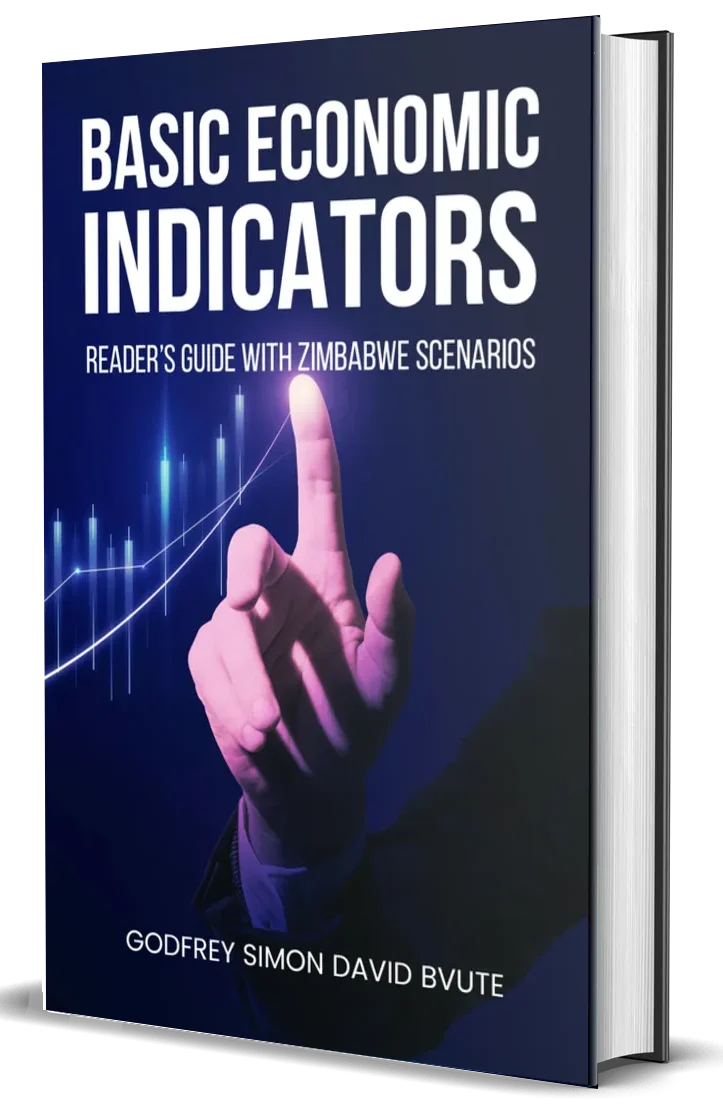Zimbabwe’s economy has experienced significant fluctuations over the years. From hyperinflation to economic stabilization attempts, the country’s economic trajectory provides insights into the effects of monetary policy, trade strategies, and financial governance. This, in turn, offers valuable lessons for both developing and developed nations. While Zimbabwe has faced serious challenges, it has also demonstrated resilience, adaptability, and opportunities for reform that other nations can learn from.

One of the key lessons from Zimbabwe is the importance of sound monetary policy. For example, the country experienced one of the worst cases of hyperinflation in history, with inflation reaching an astronomical 500 million percent in 2008. Excessive money printing, weak fiscal controls, and a lack of confidence in the banking system fueled this economic crisis. Other nations can learn from this by maintaining strong monetary policies. They should learn to avoid unchecked government borrowing and ensure central banks remain independent from political interference.
Another crucial takeaway from Zimbabwe is the impact of currency management. Over the years, Zimbabwe has experimented with multiple currency regimes. This includes the Zimbabwean dollar, the US dollar, and bond notes. Adopting a multi-currency system in 2009 helped stabilize the economy by reducing inflation and restoring confidence. However, the subsequent return to a local currency led to new economic uncertainties. Countries considering currency reforms, therefore, should ensure economic fundamentals, foreign currency reserves, and public confidence back transitions.
Zimbabwe’s trade and investment policies also offer important lessons, as the nation has significant natural resources. This includes gold, platinum, and lithium. The mining sector alone accounts for 70.5% of the country’s total exports. However, because of a lack of transparency, illegal financial flows, and lax regulatory frameworks, Zimbabwe has struggled with corruption, smuggling, and underutilization of these assets, which has hindered the country’s ability to optimize its resource wealth. Countries with similar economic structures should prioritize transparency. They should curb corruption and implement policies that ensure resource wealth translates into national development.
One area where Zimbabwe has excelled is in agricultural resilience. Despite economic instability, the country has maintained a strong agricultural sector, particularly in tobacco production. Nations seeking to strengthen food security and agricultural exports can learn from Zimbabwe’s focus on small-scale farming, government support programs, and investment in irrigation and rural development.
Zimbabwe’s large diaspora population contributes significantly to the economy through remittances, which grew from US$1.43 billion in 2021 to US$1.66 billion in 2022. Countries with significant migrant populations can leverage diaspora investments by creating policies encouraging financial transfers, property investments, and more business opportunities, leading to less inflation and job loss.
In the end, Zimbabwe’s economic experience serves as both a warning and a roadmap. The country’s challenges highlight the dangers of poor monetary policies, lack of financial oversight, and economic mismanagement. However, its resilience, resource wealth, and adaptability demonstrate that any economy can recover and grow with the right policies. Nations worldwide can draw from Zimbabwe’s experiences to make informed economic decisions, ensuring long-term stability and development.
For additional information and insight, please read Basic Economic Indicators: Reader’s Guide with Zimbabwe Scenarios by Godfrey Simon David Bvute.
This book bridges the gap between complex economic theories and practical application, making it a valuable resource for a wide audience. Using real-world Zimbabwean examples to illustrate their impact, Bvute explains key macroeconomic concepts, including GDP, inflation, monetary policy, and trade balances. The book equips readers with the tools to analyze economic data, understand policy implications, and ultimately make more informed business, finance, and everyday decisions. Addressing the challenges many Zimbabweans face, this book empowers readers with economic literacy, fostering confidence in navigating financial uncertainties and contributing to a more informed understanding of the nation’s economic trajectory.